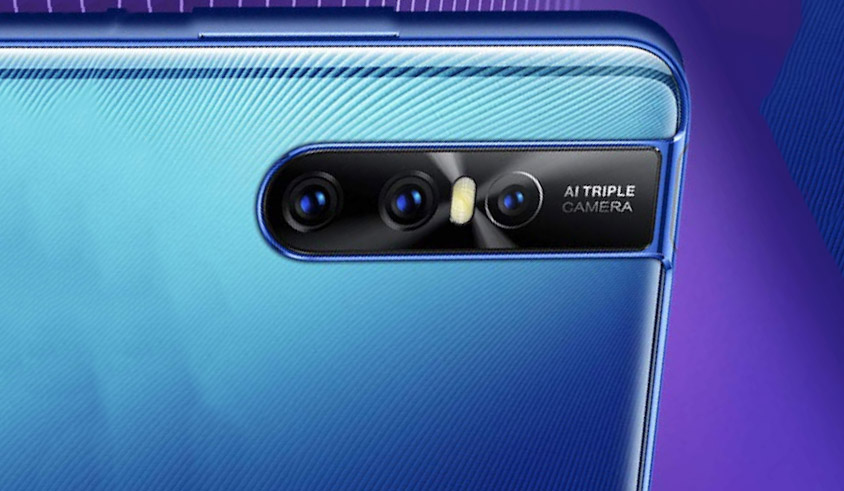Camera quality is still one of the most important features in a Smartphone. Every year we see smartphone manufacturers bringing innovative solutions to counter age-old smartphone photography constraints by integrating new hardware and smarter software.
Last year, we saw manufacturers like Vivo and Google use dual Pixel technology where each pixel becomes two separate photo bodies. The 24 million Dual Pixel sensor on Vivo V11 Pro split every pixel into two to detect phase information, resulting in vastly improved autofocus performance. While in Pixel 2, it meant the camera could offer a “portrait mode,” with a blurred background effect, without including a second camera.
So what’s new in 2019?
This year, the Vivo V15 Pro is rumored to double the rear camera pixel count to 48M and use cutting edge Quad PD technology.
So how is Quad-PD camera tech going to affect your smartphone experience in a meaningful way? Let’s discuss.
What is Quad PD technology?
To understand Quad-PD, it’s essential to know the basics of how your camera captures images. Your camera sensor has light-sensitive photodiodes or pixels to capture light. In a crude analogy, you could think of these as small buckets for gathering water. The bigger the size of the bucket, the more water you can gather. Similarly, the bigger the size of your pixels, the more light or more information they can capture – which consequently results in sharper images with a wider dynamic range.
Vivo’s V15 Pro allegedly uses a large 1 / 2.25 inch 48M CMOS sensor. The new Quad-PD technology combines four adjacent pixels into one large size pixel. This results in bigger 1.6-micron pixel size (as against 0.8-micron normal pixel size) and thus enables the camera to capture more details and deliver high-quality images.
The Quad-PD technology is a clever means to overcome sensor size constraints that have always plagued smartphone photography and improve your low light shots. We expect the daylight shots will be crispier, with more natural colors as well.
AI Super Night Mode and AI Super Wide-Angle Mode
So, as you can see, apart from hardware, the Quad PD technology also relies on software to produce desired results. And reportedly that’s not the only smart way Vivo is using its software magic to expand camera capabilities in the upcoming Vivo V15 Pro. The phone is said to include an AI-powered Super Night Mode and Super Wide-angle Mode.
The AI Super Night mode captures multiple photos of a night scene at different exposures and then combines them for a clean, sharp low light image. In fact, you don’t even need to fix your phone on a tripod as the AI can detect and negate camera shake deftly.
Similarly, the AI wide-angle mode lets you capture 120-degree wide-angle scenes (as against 78-degrees of a standard camera) and include more in your frame.
The Vivo V15 Pro is shaping up to be a very exciting phone. Apart from the exciting camera technology for the primary rear camera, Vivo has also confirmed a slick 32MP pop-up selfie camera. The handset is also rumored to include a Snapdragon 675 octa-core chipset, AMOLED display, and an in-display fingerprint sensor!
The Vivo V15 Pro will go official on February 20 and will retail across offline and all major e-commerce websites.

This Quad-PD seems like a very crappy idea and a step back!
Each sensorpixel can only register one colour and the “limiting factor” mentioned in the article is the size of each such pixel. Normally you have sensitivity for different colours next to each other, which maximises the available resolution. With Quad-PD you’re effectively reducing the number of sensor pixels (and thus sensor resolution) by 75% compared to a regular sensor the same size!
To get more light for each pixel of an image you just reduce the image resolution so that each image pixel cover more sensors. For a given level of “low light performance” with a Quad-DP sensor at a specific picture resolution the same sensor configured in regular mode should provide exacly the same light sensitivity, but be able to generate better and higher resolution pictures in good light.
There’s definately a lot to learn about this subject. I really like all of the points you have made.